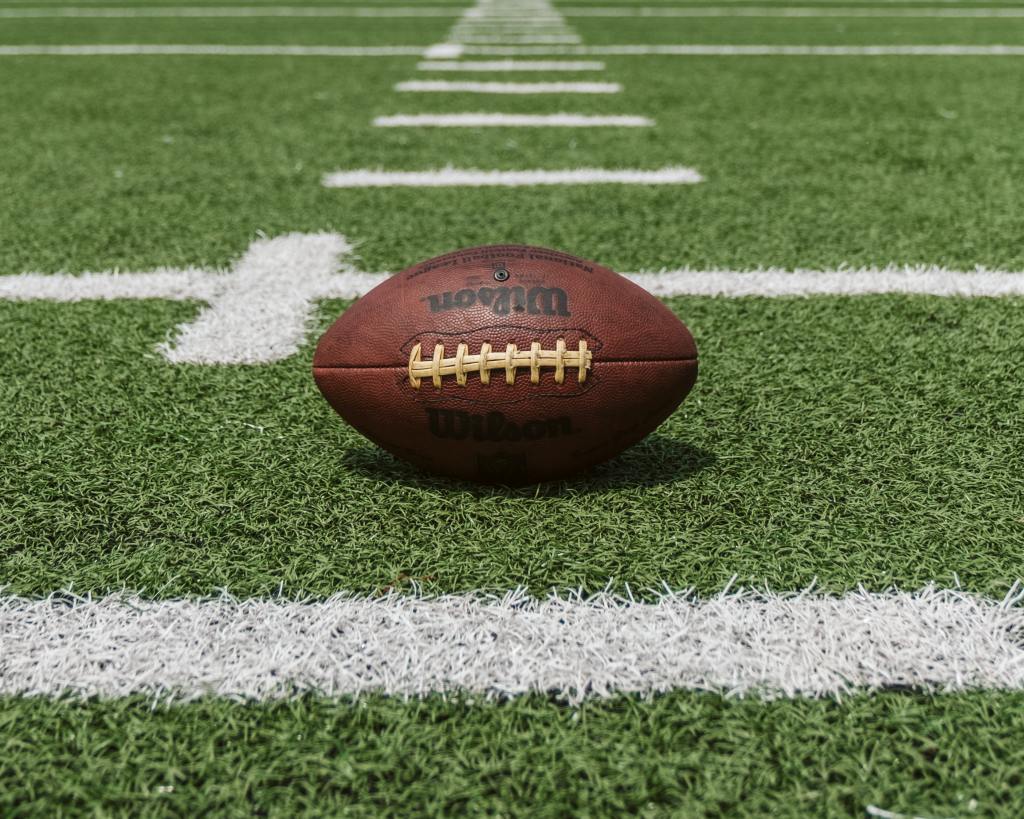
By: Nicolás Javaloyes
The National Football League (NFL) has seen a disproportionate number of Black players for decades. However, in the league’s early years, Black players faced significant barriers to entry. From 1933 to 1946, a gentleman’s agreement between all NFL franchises made it nearly impossible for Black players to be accepted into the league, no matter how talented and deserving. Despite their exceptional skills, the NFL ignored players such as Kenny Washington, Jerome “Brud” Holland, and Wilmeth Sidat-Singh.
The situation began to change after the Cleveland Rams relocated to Southern California in 1946, where both Black and White taxpayers paid to support the team. This integration and the “democratic idealism” of World War II helped break down the NFL’s gentleman’s agreement. However, even after the agreement was lifted, Black quarterbacks continued to face barriers due to being thought of as lacking the cognitive capacity to fulfill the role properly. Marlin Briscoe became the first Black quarterback after the agreement was lifted and paved the way for other Black quarterbacks, such as Doug Williams, who won and played a Super Bowl with the Washington Redskins in 1988. Over time, Black quarterbacks have become commonplace in the league, with the most recent season seeing a record-breaking 11 across the league, including the Super Bowl, which featured two Black quarterbacks.
Today, Black players represent a majority of NFL players. According to Statista, in 2021, 58 percent of NFL players were people of color, a sharp contrast with the predominance of white players during the early years of the NFL. A gentlemen’s agreement with all the NFL franchises ensured that even the most talented and deserving players wouldn’t be accepted if they were Black. This gentleman’s agreement was enforced from 1933 to 1946.
- Case 1: Kenny Washington, a 195-pound halfback, was an exceptional college football player during the late 1930s. “Kenny Washington is the best football player I’ve ever seen,” said Jacky Robinson. With his size, speed, and remarkable strength, Washington had all the potential in the world, which led him to become an All-American. Those who had seen him play claimed that he was not just the best football player on the Pacific Coast that season, but the best in the last ten years, even in the entire history of the region’s football. Despite setting records for career rushing and passing at UCLA, Washington was surprisingly ignored in the 1940 NFL Draft and went on to play for the Chicago Bears in the second-rate AAFC.
- Case 2: New Yorker Jerome “Brud” Holland was the first black player to play for Cornell University, where he’d played varsity all four years. He was well known for his end-around play and excelled in offensive and defensive positions. He was named for five-different All-American teams, becoming the first person of color to do so since Paul Robeson in 1918. In 1938, he received honors again, making him the first Black athlete to be recognized in consecutive years since Robeson. Once again, despite clearly deserving to be in the NFL, he was also snubbed, failing to receive an offer.
- Case 3: Sidat-Singh was an adopted son of a Hindu physician and attended DeWitt Clinton High School in New York. He joined the Syracuse varsity team as a junior after being convinced by a coach who noticed him playing intramural football. He became one of the best passers in the nation and helped Syracuse beat rivals such as Penn State and Cornell. However, when playing against colleges in the south, such as the University of Maryland, he was relegated to the bench since those institutions segregated Black players. He, too, did not receive any -offer from the NFL.
Though Washington was initially barred from joining the NFL, he did eventually join, thus breaking the color barrier, when the Cleveland Rams relocated to the publicly owned Los Angeles Memorial Coliseum, funded by black and white taxpayers. Because of this multiracial taxpayer population, there was immediate pressure on the relocated franchise to integrate black players. This and in conjunction with the “democratic idealism” started by the Second World War, helped break down the NFL’s “gentleman’s agreement.”
The quarterback position is often seen as one of the most difficult positions of all American football. It requires a deeper understanding of the game than most positions, as they’re responsible for reading the defense, making decisions on the fly, etc. In other words, it’s the thinking man’s position in football. In 1923, Fritz Pollard was the first Black quarterback to play for Hammond Pros. Still, the subsequent ban on black quarterbacks blocked the position for any future black players in that vital position for 13 years due to being thought of as a “thinking man’s” position. It was thought that black players wouldn’t have the cognitive capacity to fulfill that role properly.
In 1968, Marlin Briscoe, the first black quarterback after the gentlemen’s agreement, led his college team to victory with a 27-11 record and three conference titles. Despite breaking school records, he was asked to switch to defensive back when drafted by Denver. He refused to sign unless he got a quarterback tryout at training camp, and although he performed well, he was given few reps and not chosen. After an injury to the starting quarterback, Briscoe was given his chance to shine during the home opener against the Boston Patriots, where he completed his first pass for 22 yards and led the team on an 80-yard drive, ending with a 12-yard touchdown run.
He soon became a regular starter for the Broncos and had one of the best rookie seasons. Briscoe would then move to a new team, where he was switched to the wide receiver position, despite showing success as a quarterback. After retiring from sports, he became a successful financial broker. Briscoe later worked as a director for the Boys and Girls Club and founded a football camp for kids.
Briscoe, in many ways, paved a path for many black quarterbacks despite his short-lived stint in the position. One of the most influential black quarterbacks to follow up Briscoe is Doug Williams, who was the first black quarterback to win and play a Superbowl with the Washington Redskins in Super Bowl XXII on January 31, 1988, in San Diego, California against the Denver Broncos ushering in a new era. Ever since Super Bowl XXII, there has been a slow uptick in black quarterback starters.
Since the 1980s and 1990s, black quarterbacks started becoming more commonplace, with notable names such as Doug Williams, Randall Cunningham, Steve McNair, and Warren Moon. The most recent season had a record-breaking 11 black quarterbacks starting in the NFL, including a first-time-ever duel of Black quarterbacks in a Super Bowl, Patrick Mahomes of the Kansas City Chiefs, and Jalen Hurts of the Philadelphia Eagles. The idea that Black players are less intelligent and make up for that deficit with their “natural” athleticism has been rechallenged time and time by their demonstrated excellence in the “thinking man’s” position.
It is thanks to the brave and talented Black athletes of the NFL of the past and present that we can see the flaws in such stereotypes and prejudices. Their hard work and dedication have shattered barriers and paved the way for future generations of Black athletes to thrive in all aspects of the game.
However, while progress has been made, there is still work to be done in terms of equality and representation in sports. It is important for the media, fans, and the industry as a whole to recognize and appreciate the talent and contributions of Black athletes and to actively work towards creating a more inclusive and diverse sports culture.
The NFL’s history of excluding black players is a dark stain on its legacy.
Despite the immense talent and skill possessed by many black athletes, they were denied the opportunity to play in the league for over a decade due to a league-wide “gentleman’s agreement.” However, through the persistence and determination of players like Kenny Washington, Jerome Holland, and Sidat-Singh, the color barrier was eventually broken, paving the way for future generations of Black athletes to make their mark in the league.
Today, the NFL boasts a record-breaking number of Black quarterbacks, and the recent Super Bowl featuring two black quarterbacks facing off against each other is a testament to the progress that has been made. The stories of Fritz Pollard, Marlin Briscoe, and Doug Williams remind us of the challenges Black quarterbacks face and the incredible talent and resilience that has led to their success. It is important to continue to recognize and celebrate the contributions of Black athletes in the NFL and to work towards a future where all players, regardless of race or background, are given an equal opportunity to succeed.
